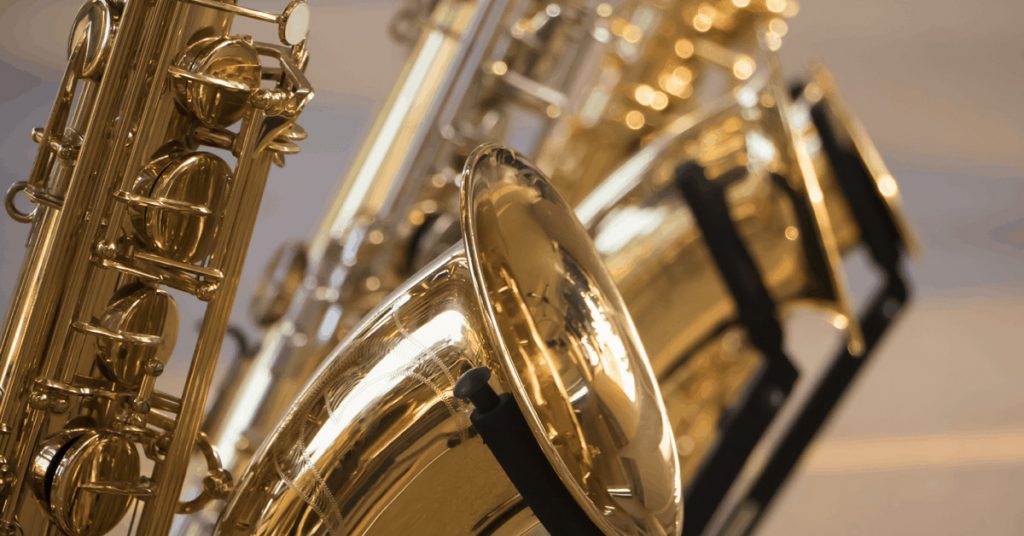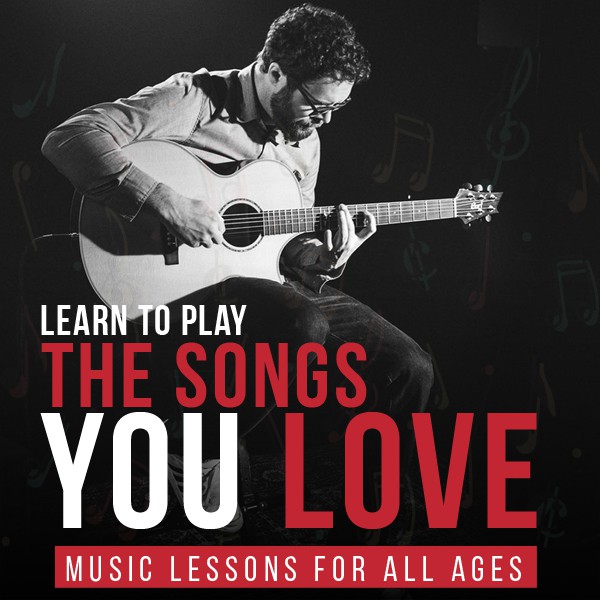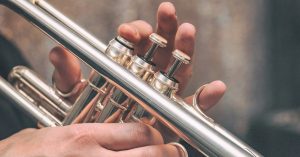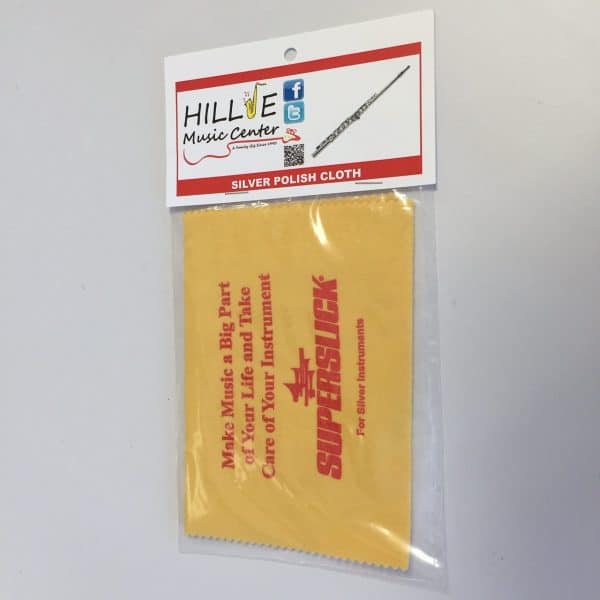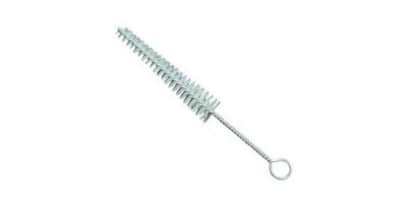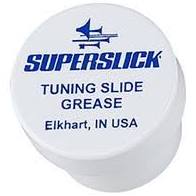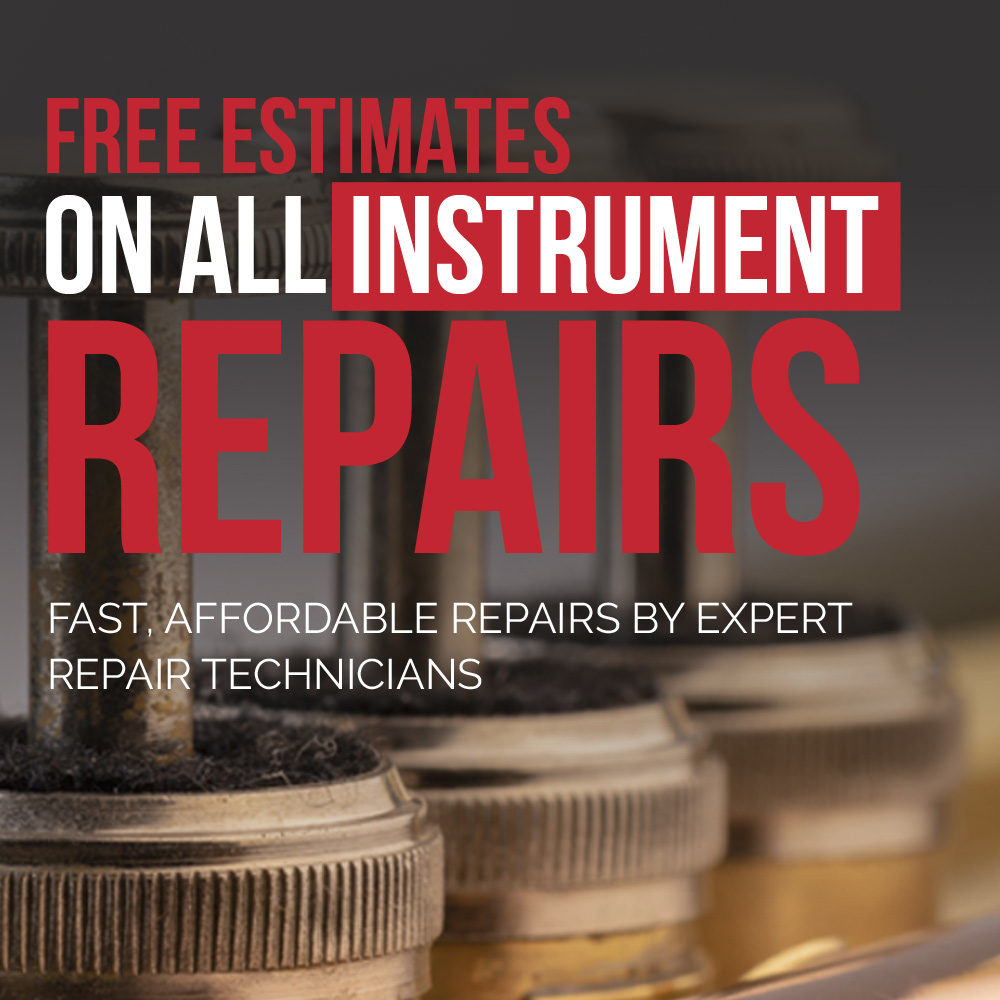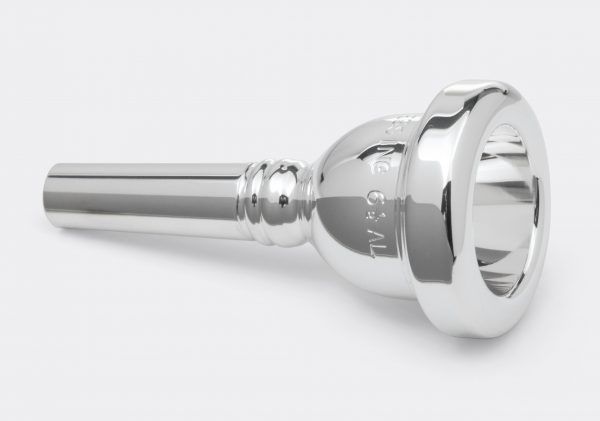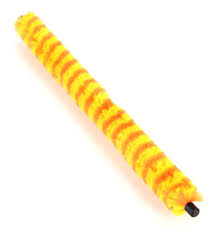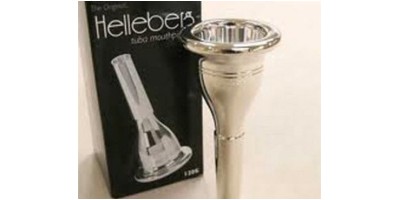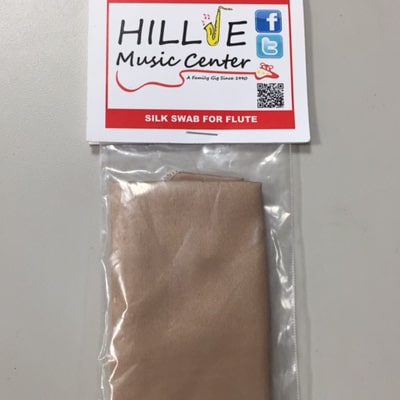Upgrading to a new step up instrument is an investment in your musical journey. Consider the big picture, timing, and a test plan to make the best decision. One of the most frequent obstacles to a child’s music education is when his or her first instrument actually ends up preventing a lifetime love of playing music and all the rewards that come with it.
First instruments are usually entry level because we all know how a child’s interest is subject to change and we don’t want to spend a lot of money until we know they have a passion to continue playing (interest free renting does lower that risk). Instruments that become difficult to play, hard to keep in tune, or that simply don’t produce a good sound, can discourage more than encourage students to continue practicing and improving their skills.
This is not to say every student should start out with an expensive instrument or that all low-cost instruments are inadequately constructed. Rather, it’s a matter of giving attention to a student’s fit with an instrument. And this really isn’t just about young students. It’s important for a music student at any age, at any level of proficiency, to have the appropriate instrument.
Like so many things in life, this is a matter of timing. If you have a great instrument that plays well that you inherited from your grandfather, you probably don’t need to upgrade. Or, if you have child who has just started playing and may want to switch to a different instrument, it would likely be a bad time to invest in an upgrade.
Here are three things to keep in mind when considering stepping up your or your child’s musical instrument:
The Step Up Big Picture
Higher quality step up instruments are not only an investment because they retain and build financial value; they are an investment in music itself as a part of you or your child’s life. A finer instrument plays easier and sounds better and thus is likely to make learning easier. As a result, a student practices more, gains proficiency quicker, encounters less frustration, and is more likely to become a lifelong musician.
This is no small gift: studies show the rewards music offers include better social, emotional, and physical health and increased aptitude for all forms of learning.
Higher quality step up instruments will also last a lifetime and can be passed from generation to generation. Your grandfather’s old cornet may be of much higher quality than that shiny new entry level cornet. Don’t judge an instrument based on it shine.
And then there is something intangible — it’s called “playing music” due to the pure fun any musician will have in the countless hours spent inside song. There are enough challenges to making music part of your life. Your instrument should not be one of them.
The Step Up Timing
If you are a beginner and have learned well enough on a low cost instrument that you are beginning to play a bit more seriously, it may be time for an step-up. There is no set measurement for knowing when you are ready for the next step, but it’s very safe to say if you’ve been playing for a year, it’s time to consider an upgrade.
If you pick up somebody else’s instrument and it’s night-and-day easier to play, it’s definitely time for an upgrade. If there are certain passages that only give you difficulty on your instrument and not on another, then it is most definitely time to move on to another instrument.
Of course, instrument upgrades are not only for those seeking to move beyond the novice stage. If you are intermediate and have gotten to the point where you know that music is a fundamental part of your life, the next instrument you buy could be with you all your life. Your grandchildren may also play it one day. You may already have a good instrument, so this upgrade is truly about taking your music to the next level.
The Step Up Test Plan
This is the part where you must refrain from being a kid in a candy store, because upgrading your musical instrument means deliberate research and a whole lot of testing. Yes, this means visiting a store location and playing several very tempting instruments. Play instruments above your budget and below just as a means of educating yourself, and then settle on a few targets within your range of affordability.
Have a plan.
Arrive to the store with some of the music you will be playing in mind or in hand. Run the instrument through your own routines, the sweet spots of your music as well as the areas at the edge of your competence. Don’t forget to bring your mouthpiece for woodwind or brass instruments.
Of course, we live in a world with a rampant online market for instruments. Be wary. If it is used, any instrument’s history, including how well it has been maintained, determines its quality. Buying a used instrument sight unseen (and unheard) doesn’t always end badly, but it’s really something more for collectors, not somebody seeking an instrument with which you hope to cast your musical fate.
New instruments are more reliably functional, but even so, they often come out of the factory in need of further set-up. You don’t know an instrument until you play it. When the right instrument is in your hands, when the right sound is in your ear, you will know it. And then, when you go home, your musical journey has just begun, anew.
If you think you may be ready for a step-up, let us know and we can schedule a time to learn more about what your musical goals and dreams are and find the right instrument for you.


